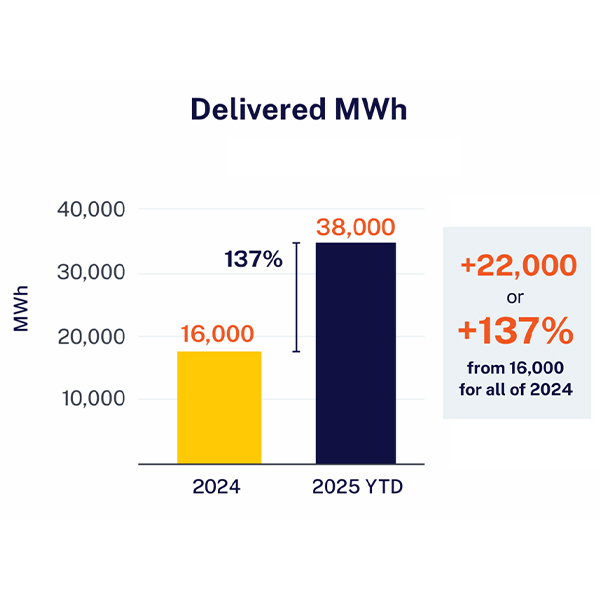Demand Response
ISO-NE outlined proposed capacity accreditation for active and passive demand capacity resources at the NEPOOL Reliability Committee.
Voltus and Mission:data continued to make their case that data access is preventing PJM from tapping into residential demand response, which is just a fraction of the market now.
FERC greenlit MISO’s plan to require its demand response to make real-world demand reductions to fulfill the RTO’s testing requirements.
FERC approved LS Power’s deal to sell 12.9 GW of its gas generation in PJM, NYISO and ISO-NE, as well as its 6-GW demand response business, CPower, to NRG Energy for $12 billion.
PJM stakeholders are to vote on a record-breaking number of proposals on how the RTO should integrate large loads without impacting resource adequacy.
FERC can make large load flexibility a reality through the implementation of the Department of Energy’s Advance Notice of Proposed Rulemaking on large load interconnections, according to a new Nicholas Institute policy paper.
CPower saw its customers dispatched for a total of 38 GWh through the third quarter, beating all of last year's total dispatches of 16 GWh handily.
The artificial intelligence industry and power industry are working together to develop the first “power-flexible AI factory” at a 96-MW facility in Manassas, Va.
PJM told FERC that a complaint seeking to use statistics to estimate customers’ demand response when accessing meter data is not practical.
Panelists at S&P Global’s Nodal Trader Conference discussed the impact of demand growth and uncertain load forecasts on markets.
Want more? Advanced Search










